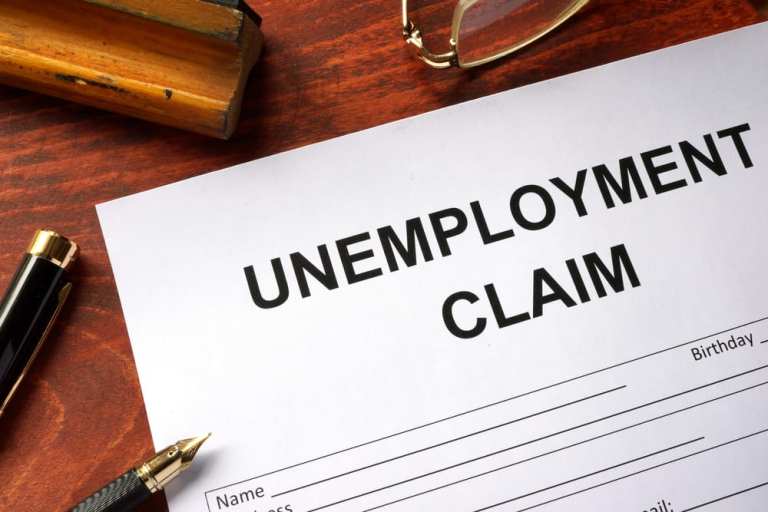Unemployment Figures Set The Wrong Type Of Record

Oh what a difference six months can make. A half a year ago the unemployment rate was making the headlines for the “right” reasons. In September the unemployment rate in the U.S. hit a 50-year record low of 3.5 percent. This was widely reported as good news, for obvious reasons, though it came with a warning from the Bureau of Labor Statistics at the time — there were signs that the economy might be cooling.
Slightly.
Flash forward to the ending days of March 2020, when “cooling” doesn’t quite cover it when it comes to the U.S. economy — frozen solid is more like it. Winter is here, economically speaking, ushered in by the novel coronavirus that emerged on the global stage early in the year and has systematically shut down the global supply chain, travel, events, going to the office and a host of other regular life items currently put on hold as people are staying home in an attempt to flatten the curve.
The trouble, it seems, is that the U.S. economy is getting flattened along with it — a fact reflected in the most recent release of jobless-claims numbers, which have once again broken records, though not in a way that anyone is going to like. Initial jobless claims spiked up to a seasonally adjusted 3.28 million for the week ending March 21, according to the Department of Labor — the highest number of initial jobless claims since the department began keeping count in 1967. And this week didn’t beat the record so much as crushed it into the dust — the previous high was 695,000 claims filed in the week ending October 2, 1982.
These brutal numbers, according to Federal Reserve Chairman Jerome Powell, may well indicate that the economy has already lapsed into a recession, confirming speculation that has been circulating for at least a week in his comment on NBC’s Today Show earlier today (March 26). He did note, however, that we are in a somewhat different type of recession than the U.S. has ever experienced.
“This is a unique situation,” Powell added. “People are being asked to close their business, to stay home from work, and to not engage in certain economic activity, and so they are pulling back. At a certain point, we will get the virus under control and confidence will return.”
But the numbers as of right now are still staggering — new claims filed last week were nearly five times the number recorded during the peak of the Great Recession, when new claims peaked out at 665,000.
“Most historical comparisons of this scale are inadequate,” said Daniel Zhao, an economist with Glassdoor. “The coronavirus outbreak is economically akin to a major hurricane occurring in every state around the country for weeks on end.”
This fact, notably, has many predicting that this is going to get worse before it gets better. The jobs losses so far are mainly pegged to the industries hit mostly directly and hardest by the outbreak, with travel and events leading the pack. But as efforts to flatten the curve are expanding — and more “non-essential” businesses are shutting their doors and laying off staff — the ripple effect makes it seem certain those numbers, and the overall unemployment rate, will continue to tick up.
This week’s massive rash of filings is expected to push up the national unemployment to around 5.5 percent, roughly the place it was in 2015. But most have noted that these figures, in fact, are only current to March 21 — in the five days since then additional closures, shelter-in-place orders and other advances of social distancing have pushed even more layoffs and closures.
“If the number of new claims is as high as predicted and if it remains high in coming weeks, unemployment will skyrocket,” the Joint Economic Committee of Congress said in a report ahead of Thursday’s data.
Goldman Sachs has predicted that the jobless rate could approach 13 percent during the next few months, while St. Louis Federal Reserve President James Bullard forecast earlier this week that unemployment could hit 30 percent. Bullard, however, walked that rather dire prediction back some, saying he expected the number to fall again quickly. Heidi Shierholz, a former chief economist for the U.S. Department of Labor who is now with the Economic Policy Institute, did warn that though 30 percent is a very negative prediction, the numbers are could very well be quite bad.
“We estimate that by summer, 14 million workers will have lost their jobs due to the coronavirus shock,” she said in a tweet.
Dealing with the massive spike in new claims and the increasingly large mass of unemployed Americans that it represents has rapidly turned into an all-hands-on-deck effort at all levels of government. To deal with the massive influx of new claims, the New York Labor Department has added server capacity and hired more than 65 additional staff, while Florida’s Department of Economic Opportunity said it planned to hire 100 extra staff to help answer calls and walk people through the application process.
On the Federal Level, a $2T Phase 3 virus relief package has been officially approved in the Senate by a unanimous vote and is now on the way to the U.S. House for approval and President Trump’s desk for a signature. That package includes both bumped-up unemployment funds for a longer time period and direct cash payments to most U.S. citizens earning less than $75,000 a year.
Will it be enough to stem the massive unemployment wave that looks ready to break on the U.S. economy? That remains to be seen — some are already talking about the need for stimulus Phase 4. But first, it seems the question to answer is how much bigger the unemployment numbers are going to get and how long the spike lasts.